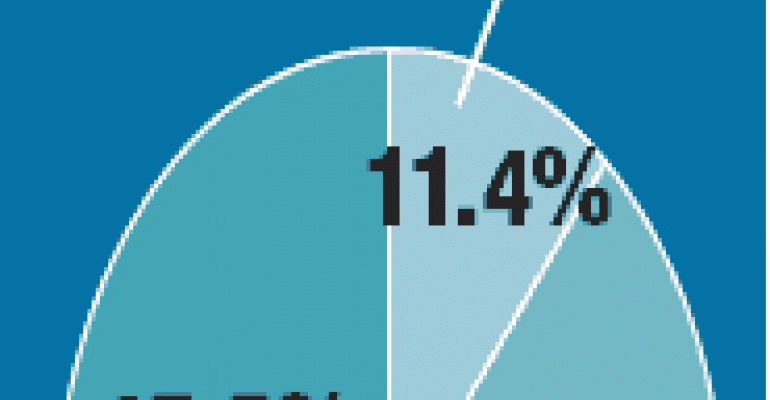Leibtag of the USDA also said he thinks consumers will be reluctant to cut back on their grocery spending.
“The general economic view tells us that food overall is a relative necessity, and grocery store shopping, vs. eating out, is more of a necessity, or one area that consumers can fall back on,” he said. “So, with the weakening economy and higher prices for food, it is the non-necessities that go first. If consumers are cutting back, it is probably not on basic food staples.”
Consumers tend not to be too sensitive to price increases in the 4% to 6% range, he said, but do begin to change their behavior once those increases rise to the level of 10% to 15%.
He pointed out that food retailers have been able to maintain their margins so far in the inflationary environment.

“Look at 2007 government data on retail margins — they were pretty steady for retailers, if you look at retail price and wholesale cost as measured on the governments’ index of producer prices. There were some subcategories that took a hit, and they weren’t able to recover margins at retail, but overall, retail margins were steady at 4% to 5%, which implies retailers were able to pass those costs along to consumers in the form of higher retail prices.”
For higher-end consumers whose food budgets are a small percentage of their overall spending, food-price inflation is relatively benign, he said. However, for those lower-income consumers who spend a significant portion of their income on food, inflation is apt to force changes in their shopping patterns, such as switching to more discount retailers.
“If you were already shopping at Wal-Mart, then you may buy less,” he said. “You may eat out less and trade down in the restaurants you go to or trading down from branded to private label.”
He pointed out that elderly consumers on fixed incomes are likely to be among those consumers looking for ways to save money on their grocery bill.
In her presentation on trading down, Weinswig said Wal-Mart stands to perform well in the current environment, noting that the company generated higher comparable-store sales than its higher-priced rival, Target, during the last recession in 2001-2002, but the situation reversed in the years since then as the economy improved.
“Now, for the past three quarters we’ve seen Wal-Mart out-comp Target, and we think that’s the beginning of a longer-term trend,” she said.
Based on a gloomy economic outlook for the year ahead that includes ongoing increases in energy costs, a weak housing market and continuing increases in unemployment rates, “We expect more trading-down behavior in terms of where consumers shop, the products they buy and the choice to buy private-label vs. branded product,” Weinswig concluded.
Miguel Gomez, assistant professor of agricultural and consumer economics at the University of Illinois at Urbana-Champaign, who concentrates in food retailing, said the USDA projects a continued rise in these commodity prices until 2010, when farm production and yields are expected to catch up to global demand, and prices are expected to stabilize.
He noted that food consumption and demand are on the upswing not only in the U.S., but also in China and India, where there has been a gradual shift to meat consumption, which is impacting commodity costs.
The demand for biofuels as an alternative to oil is also a factor in rising food costs. However, in the long run, Gomez sees a minimal impact on food prices.
“Governments in the U.S., Europe and South America have developed policies to mandate the increased use of biofuels in energy consumption,” he said. “The private sector is responding and investing in production capacity. Those are huge investments and they aren’t going to go away, but the impact on food prices, we believe, is not going to be that dramatic.”
Several analysts said they see traditional supermarkets as being well positioned to weather the current economic and inflationary environment.
“I think some consumer shopping venues are going to be much better positioned in this environment than others, and I would put the traditional food retailer in that camp,” said Cerankosky of FTN Midwest Securities.





